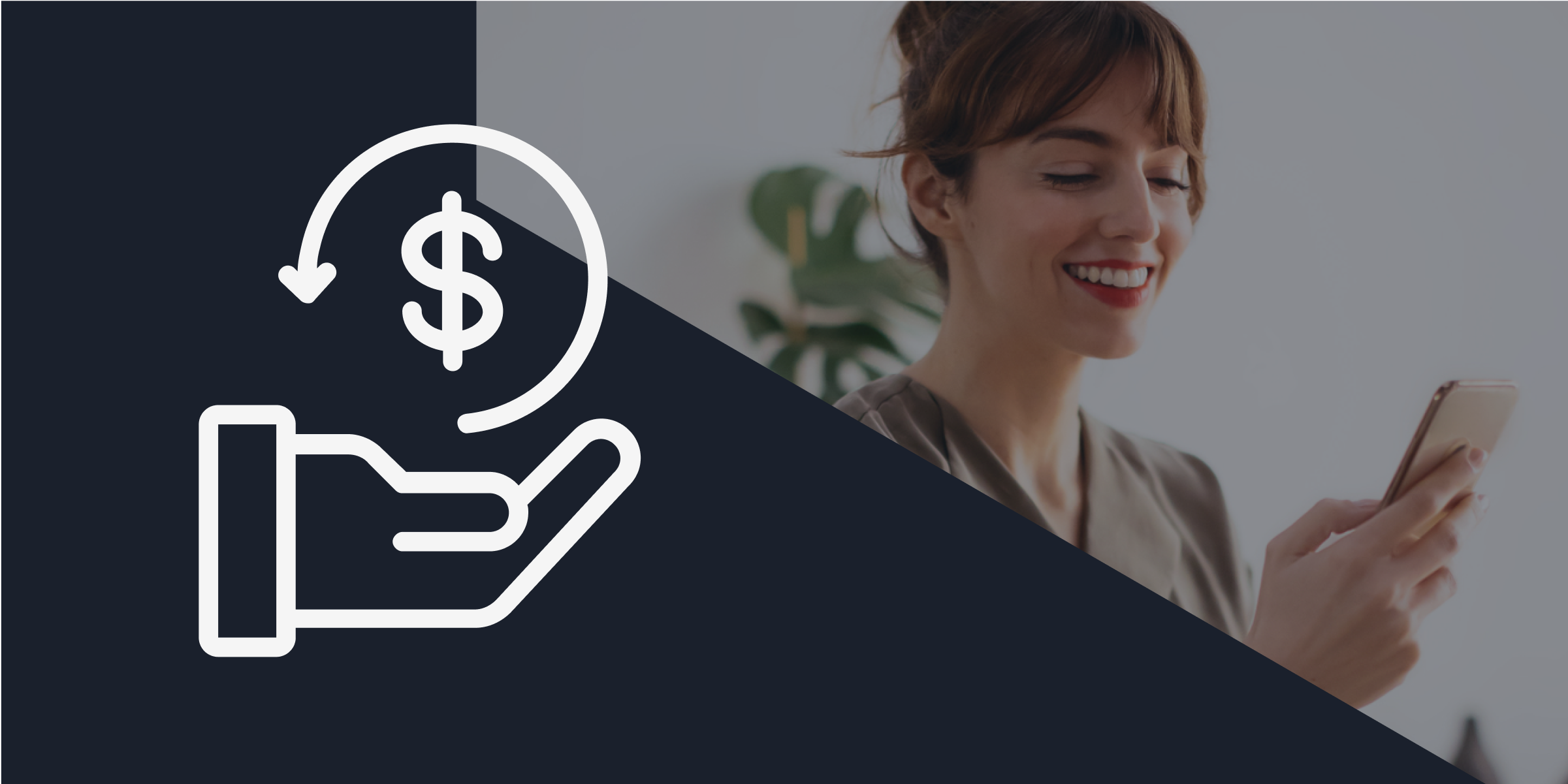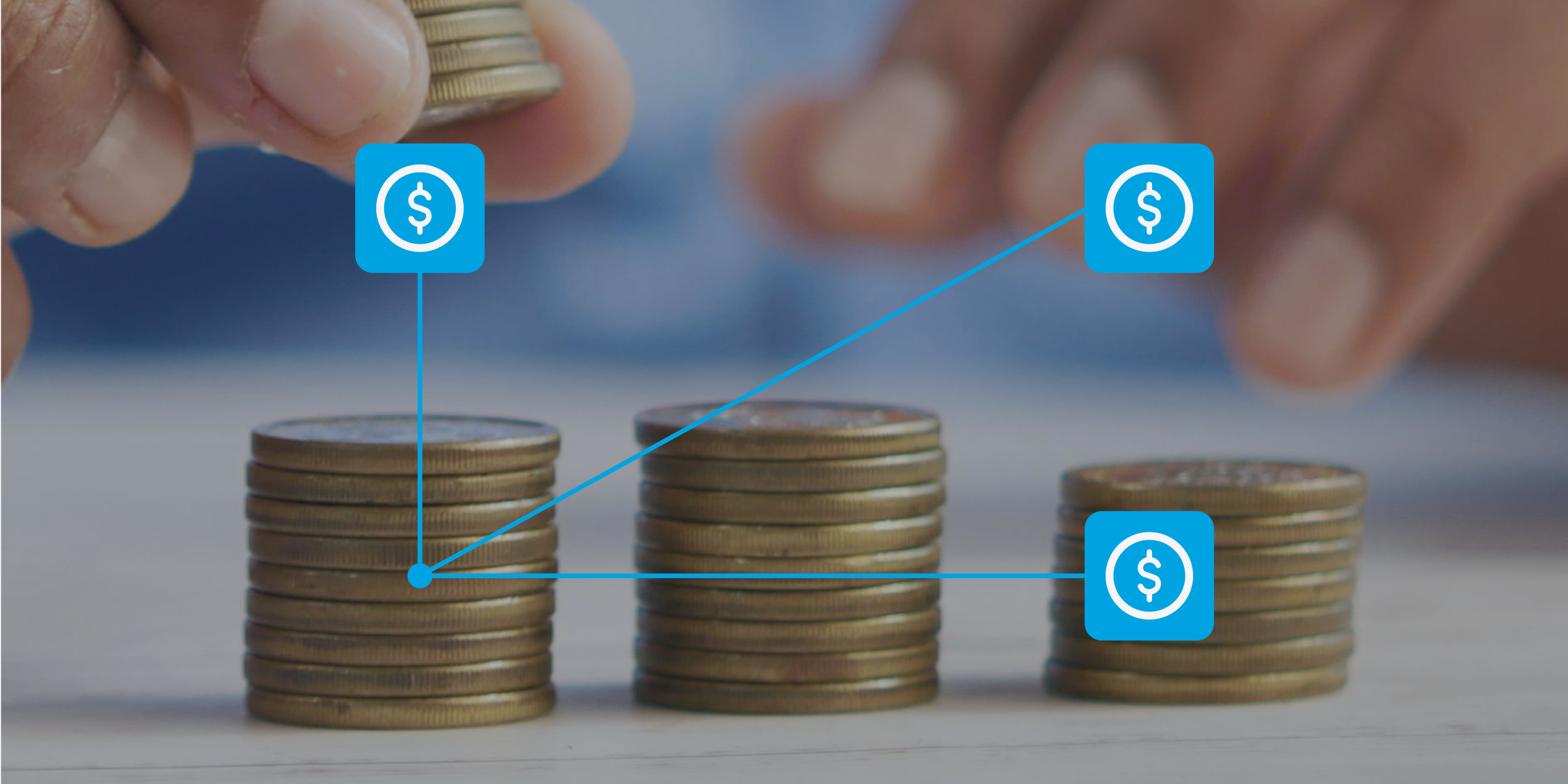Effective Working Capital Management: 2026 Strategic Guide for Canadian Businesses
Tight cash flow is a constant concern for business owners, especially without proactive working capital management. When expenses pop up before revenue flows in, even the financially healthiest companies feel squeezed tighter than a too-small pair of pants.
If this sounds familiar, you’re in good company. Cash flow constraints were a key investment barrier for 50% of small businesses in 2025, according to the Canadian Federation of Independent Business (CFIB).
The good news? Credit can help; it isn’t just a fallback plan for when things get rough. When used wisely, it can be a strategic tool to strengthen your working capital position and keep your operations humming.
In this guide, we’ll explain how credit can help you manage your working capital needs more effectively and share smart strategies to help you build a stronger financial foundation.
What is working capital management?
At its simplest, working capital is the money you have available to run your day-to-day operations. It’s calculated by subtracting your current liabilities (what you owe in the short term) from your current assets (what you own and can quickly convert to cash).
Given that explanation, what is working capital management?
Working capital management is about balancing the cash flow in and out of your business. Think of it as ensuring your business always has enough gas in the tank to keep moving, without running on fumes or overfilling the tank and wasting resources.
Why working capital management matters
Small businesses often face working capital challenges due to delayed customer payments, seasonal swings, rising inventory costs or unexpected expenses. (Surprise! That HVAC system you forgot about needs replacing.)
Managing cash flow isn’t always enough. Traditional cash management practices like speeding up receivables and stretching payables can help, but they don’t solve every problem. And without careful expense management, it’s easy to fumble the timing.
This is where smart credit use can change the game. When used strategically, credit helps you bridge cash flow gaps, seize growth opportunities and manage uncertainty without putting your business at risk or your blood pressure through the roof.
How can you use credit to manage your working capital more effectively?
Credit can do more than just plug holes. It can help fuel smarter decisions. From bridging timing gaps to unlocking new opportunities, here are six strategies to make it work for your business.
1. Bridge cash flow gaps
Revenue and expenses rarely move in perfect sync. Maybe you need to pay suppliers now but won’t get paid by customers for another 30 or 60 days. A line of credit or a corporate card can give you breathing room. It covers short-term obligations while you wait for incoming cash, helping you stay current on bills and payroll without draining reserves or resorting to “please pay us” emails.
2. Fund upfront investments
Growth often demands investment before payoff. You might need to buy inventory, ramp up marketing or add staff ahead of a busy season. Using credit to fund these moves can help you navigate them smoothly, without sacrificing cash reserves that keep your business stable.
3. Take advantage of supplier discounts
Suppliers sometimes offer discounts for early payments. With credit, you can pay sooner, score a discount and then pay off your balance when your regular cash flow catches up. Saving money while spending it? Not quite magic, but close.
4. Smooth out seasonal fluctuations
Businesses with seasonal peaks like retail, tourism or construction often face working capital pressure in the off-season. Access to credit lets you cover costs during slower periods and ramp up quickly when demand returns.
5. Seize opportunistic deals
Sometimes opportunities come knocking when cash flow isn’t at its strongest. A supplier offers a bulk discount, a new market opens up or a key hire becomes available. Credit gives you the flexibility to move fast and capitalize on opportunities that can pay off big.
6. Avoid draining cash reserves
It’s tempting to rely solely on available cash, but keeping a healthy cash reserve is critical for resilience. Smart use of credit means you can cover operational costs without depleting your safety net, making you better prepared for unexpected bumps in the road. (Spoiler: there are always bumps.)
Best principles for using credit strategically
Using credit effectively to manage your working capital requires going beyond securing access to include clear intentions about use. These principles will help you ensure credit remains a growth tool, not a financial trap.
- Tie credit use to business objectives: Only use borrowed funds for initiatives that drive revenue, improve efficiency or support growth.
- Forecast cash flow carefully: Know when and how you’ll repay borrowed amounts before you draw on credit.
- Monitor your financial performance regularly: A strong month-end process is especially important when using credit. Track your working capital needs, spot risks early and adjust strategy.
- Understand the true cost of borrowing: Weigh interest rates, repayment terms and potential fees before tapping into credit.
- Stay disciplined: Credit should extend your runway, not send your business into a nosedive.
Bringing your credit strategy back to business fundamentals is key. Ask yourself, does this investment or expense fit with the goals you’ve set for your company? Will it improve your financial position over time? If the answer isn’t a clear yes, it’s time to hit pause.
Best business credit cards
Compare top options, fees and benefits for
Canadian companies.
Modern working capital management tools and techniques
If you’re looking to stretch your working capital with credit so you have more gas in the tank to take your business further, it’s important to use the right tools and techniques. Consider them as higher quality fuel. The better the tools and techniques, the better the results.
Enhance your cash flow forecasting abilities
To make better decisions about how you spend your money so that you can maximize working capital efficiency, you’ve got to have detailed insight into your inflows and outflows. Use modern cash flow forecasting software that provides you with real-time data based on your accounts receivable, accounts payable and purchase orders.
Speed up accounts receivables
Provide clients with incentives for paying early, such as a 2% discount for paying within one week, for example. Use automated invoicing software that sends invoices as soon as work is completed and sends payment reminders as deadlines approach.
Manage accounts payables timing
Consider negotiating longer payment terms with suppliers to give yourself some breathing room. This way, you can preserve both cash and your supplier relationships. Use digital payment tools to avoid payment delays to keep suppliers happy.
Review your inventory strategy
While you can avoid supply chain disruptions and stockouts by holding more inventory, you can also tie up your working capital that way. Use demand forecasting tools to align your inventory with sales patterns, freeing up more working capital.
Working capital management for different business stages
Understanding best practices and tools is valuable, but it’s worth noting that working capital management can look different at different stages of business. As your goals change, your working capital needs naturally change, too.
Here’s what to keep in mind when it comes to optimizing your working capital depending on your business stage.
Startup
You’re probably dealing with limited cash reserves, unpredictable revenue and high startup costs. Right now, it’s all about survival. Keep your cash burn low, negotiate favourable terms with suppliers and find fast cash inflows like upfront payments. Avoid overstocking inventory to free up cash.
Early growth
Revenue is increasing but it’s still inconsistent, and you’ve also got a growing accounts payable list. The key in this stage is to balance growth with liquidity by formalizing your financial processes and tightening up credit policies for customers. You don’t want to grow too fast without having any cash reserves.
Scaling
Your cash demands are predictable but larger. You’ve also got bigger teams and supplier networks. How can you optimize operational efficiency while still supporting your expansion? Automation tools that streamline AR and AP are crucial here. Additionally, be sure to optimize your inventory turnover so your excess working capital isn’t trapped in stock.
Mature
With stable revenue streams and predictable cash flow patterns, you still run the risk of inefficient capital allocation and process complacency. Consider how you can optimize your cash conversion cycle and look at ways to invest your excess cash into growth opportunities.
Uncertain
If your business is declining, you have to restore liquidity fast. Focus on cash collections by shortening accounts receivable cycles. You can also negotiate temporary extended payables with long-term suppliers. Liquidate excess inventory and freeze non-essential spending so you can deal with any cash shortages and declining margins.
Working capital metrics and KPIs for Canadian businesses
If you’re considering using credit to increase working capital, seize growth opportunities and avoid liquidity crunches, you’ll need to know which working capital metrics and key performance indicators (KPIs) to track. By keeping an eye on the numbers, you can strengthen working capital without incurring any risks.
Here are some important metrics and KPIs to consider tracking:
- Working capital ratio: This tells you whether you can cover your short-term debts with your current assets.
- Acid test ratio: This excludes inventory from your assets to test your business’s true liquidity.
- Operating cash flow: This measures the actual cash generated from your core business.
- Free cash flow: This is the cash left after paying your operational expenses and capital expenditures.
- Working capital requirement: This is the minimum cash balance that your business has to maintain in order to meet short-term requirements.
- Net working capital turnover: This measures how efficiently working capital supports sales.
- Liquidity buffer: This shows you how many days of cash you have on hand.
- Debt ratio: This is the proportion of your business’ assets that are financed by debt.
- Cash conversion cycle: This metric measures how long cash is tied up in your operations.
- Days sales outstanding: This measures the average number of days it takes your business to collect payment after a sale.
- Accounts receivable turnover ratio: This shows how efficiently your team collects payments.
- Days payable outstanding: This shows the average time it takes you to pay your suppliers.
- Accounts payable turnover ratio: This shows how efficiently your team pays suppliers.
- Days inventory outstanding: This metric shows how long inventory sits before it is sold.
- Inventory turnover ratio: This shows how many times you sell and replace inventory over a specific period.
Seasonal working capital management strategies
If you work in a seasonal business like construction, travel or retail, managing working capital poses additional challenges. You likely have a wide variability between your inflows and outflows during seasonal periods.
How can you manage your working capital effectively year-round to address receivable delays, unpredictable expenses and operational growth? These strategies help you avoid missed opportunities, higher costs and strained vendor relationships.
Build your cash flow buffer during peak season
Protect your business during the slower months by setting aside a percentage of your peak season profits. Ideally, you’ll want to save three to six months of operating reserve in a separate account from your day-to-day operating account.
Accelerate accounts receivable during peak season
When demand is high, turn sales into cash as quickly as possible. Offer early payment discounts, shorten payment terms or require deposits.
Strategically stretch accounts payable during off season
Preserve cash during the off season by negotiating extended payment terms or aligning payment dates with your revenue cycle. You can also make payments early when you have a cash surplus and take advantage of early payment discounts.
Consider flexible cash-flow support (not long-term debt)
Avoid plugging short-term or seasonal gaps with long-term debt. Instead, look for tools that improve cash-flow timing and give you flexibility without locking you into loans. Options can include operating lines of credit, seasonal working capital solutions, and charge programs that let you pay expenses today while settling the balance later (Float offers 15–30 day terms). This helps smooth cash flow without taking on traditional financing.
Use a rolling 12-month forecast
Seasonal businesses can’t rely on static budgets. You need to have earlier visibility to avoid working capital surprises. It’s best to use a weekly rolling forecast that accounts for your seasonality.
Technology solutions for working capital optimization
Strong working capital management isn’t a one-time task. It’s an ongoing process that demands attention and adaptability. Building a robust month-end review process that looks at revenue, expenses, cash flow timing and working capital exposure can help you spot issues before they become crises.
Platforms like Float make this even easier. With corporate cards, expense management tools, accounting automations and more, you can have clear visibility into cash flow patterns, upcoming obligations and available credit.
When choosing technology solutions for working capital optimization, here’s what to focus on.
Corporate cards with custom spend controls
Provide your team with financial flexibility while you maintain control with corporate cards like Float’s. Corporate cards enable your team to move with the fast pace of business, while custom spend controls ensure spending stays within user, department, project and category limits so you can keep your working capital on track.
Real-time expense management
See how your working capital is being used in real-time, not days or weeks after the fact. With Float, employees submit their receipts instantly at the point of spend, and your finance team tracks spending in an intuitive platform.
Integrated accounting
With Float’s direct integrations with QuickBooks, Xero and NetSuite, you can make reconciliation seamless. Shorten month-end workloads and have a clear idea of your working capital at all times, not just at month-end.
Cost-saving financial features
There are many ways to optimize your working capital, and Float offers several of them. You can earn up to 1% cashback on spend, get 4% annualized interest on business account balances of $50,000 or more, and avoid FX fees on USD purchases by using Float’s USD cards. All of this puts more money back in your pocket and leads to a positive net working capital.
Strengthen your financial foundation with Float
Working capital management is part art, part science. Done wisely, it can help you manage expenses, smooth cash flow and position your business for sustainable growth.
Float helps Canadian businesses tap into the power of smart expense management and strategic credit use. With corporate cards, real-time spend notifications, accounting integrations and more, your business can align credit use with cash flow forecasting and operational needs to maximize liquidity and minimize costs.
Learn how Float’s modern platform can help you strengthen your financial foundation and easily manage working capital.














